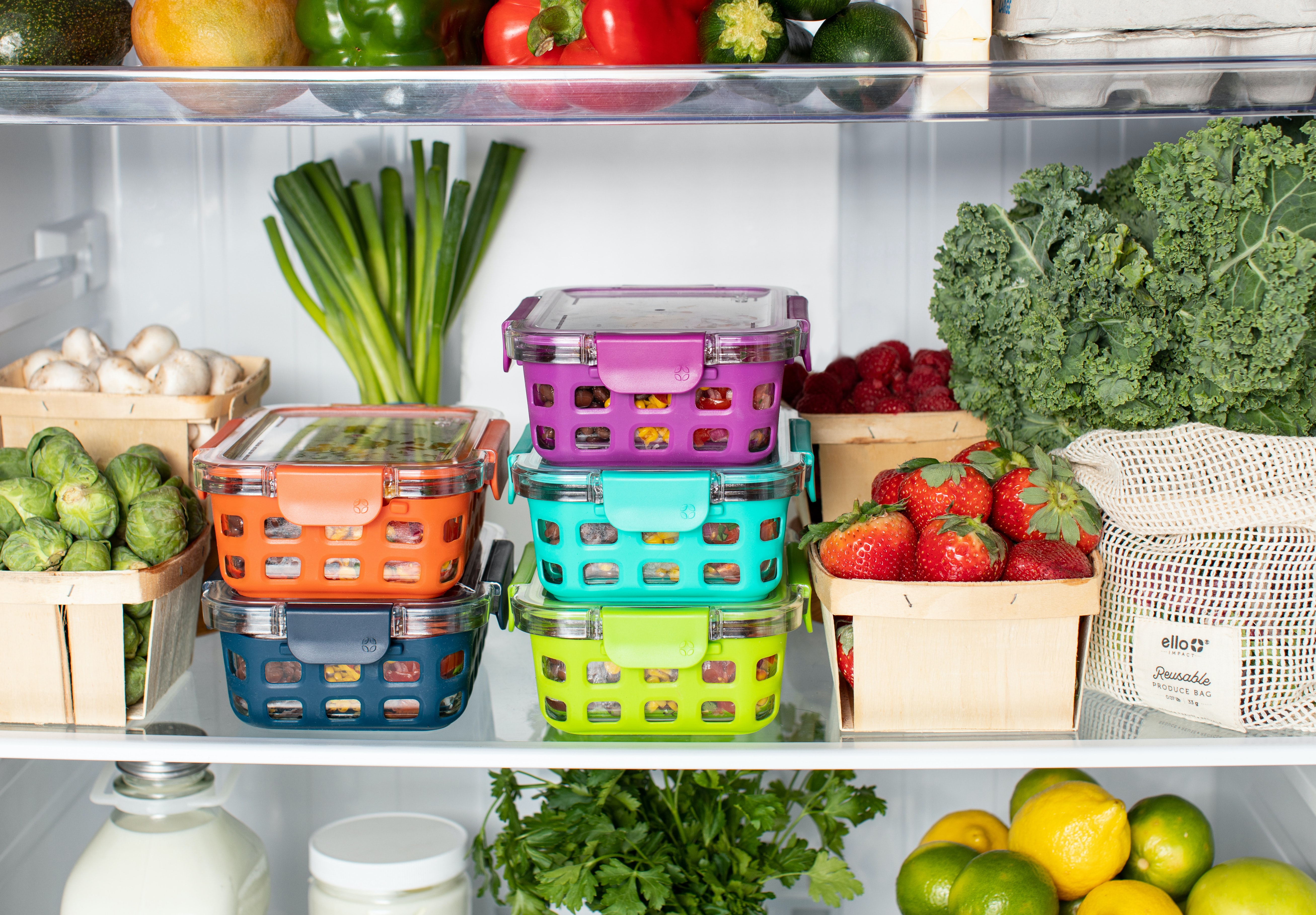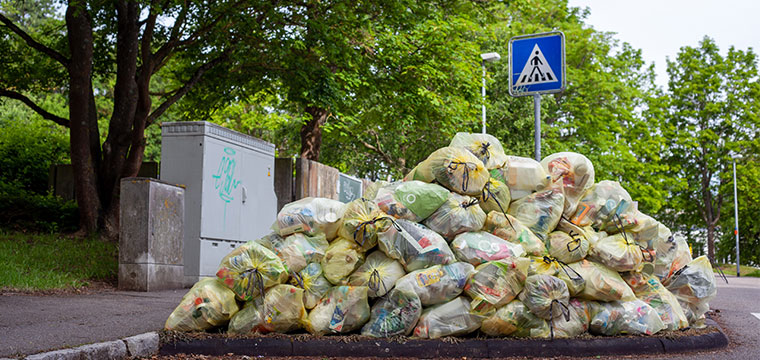Food waste is an everyday problem for restaurants. And even if you have the best practices, there will always be some excess ingredients.
How to Reduce Food Waste in Restaurants: Problems and Solutions
With consumers becoming increasingly concerned with their impact on the environment in all their purchasing decisions—you need to do your part as well.
Busy restaurants can do their best to plan what food to prep, but even so, you will likely have to discard leftovers which results in a ton of food waste every day. So, how do we address this? Well, there are plenty of ways we can reduce the amount of wasted food in the restaurant industry.
This is what we seek to answer. In this article, we will tackle some of the most cost-effective methods of addressing food waste
The Food Waste Problem in the Restaurant Industry
Here’s a sobering fact to think about: the Philippines throws out PHP 21 million worth of rice each day. This is enough to feed over 4.3 million people.
The business and moral imperatives are clear: Restaurants need to take a deeper look at how they generate and discard food waste, in order to both optimize inventory costs and reduce environmental impact.
Here are 7 ways to address the food waste problem in the restaurant industry.
1. Avoid Overbuying Ingredients
Food ingredient inventory is one field where “more” isn’t always “merrier.” Every fresh ingredient will have a best-before or expiry date, after which it should be discarded even if it’s unused.
Buying only the necessary ingredients and in appropriate quantities, can allow you to avoid spoilage. To achieve this, examine how much food is consumed on average, and only stock what is necessary for each day.
It can be tempting to buy large amounts of ingredients from markets that offer lower prices for wholesale bulk purchases. However, if your restaurant is incapable of consuming all the ingredients, you’ll end up with a stock of spoiled food.
One of the best ways to prevent overbuying is to automate your inventory restock process. Using a cloud-based restaurant management solution allows you to track your inventory in real-time and compare it to your historical sales data, so that you can make better decisions about inventory maintenance. Plus, you can automatically place purchase orders when your inventory levels fall.
2. Organize Your Ingredients
 Photo by Ello
Photo by Ello
Having your soon-to-expire ingredients in front will ensure that they’re the first to be cooked.
This is another way to avoid food going bad. By making sure that the older ingredients are the first things cooked, you can avoid waste due to food spoilage. One of the best practices for carrying this out is to implement a first-in, first-out (FIFO) rule to ensure that the oldest ingredients get used first.
This rule, combined with techniques like proper labelling and stock rotations, ensures that no food in your stock will go bad.
3. Properly Store Ingredients

Photo by Unsplash
Another way to avoid food spoilage is to ensure that your ingredients last longer. A big part of this involves proper food storage procedures. Make sure that all your ingredients are stored according to their labels. Ensure that your freezers and refrigerators are set at the right temperatures, and their lids are always properly sealed.
Mold is another thing to worry about that can very rapidly destroy your inventory. Make sure that your stock room has controlled humidity to prevent the growth of molds for safety reasons and to prevent food spoilage.
4. Adopt Stem-to-Root and Nose-to-Tail Cooking
Stem-to-root cooking and nose-to-tail refer to the practice of using the entire portion of meat and vegetables for cooking, including parts that might otherwise be discarded. For instance, you can incorporate potato skins and fish heads into a broth or into a hearty stew. Another option would be to use vegetable shavings in a puree and discarded leaves as a garnish.
Using these methods can both decrease your waste and increase your potential income. Using oft-discarded portions in your menu items can definitely reduce your wasted food.
5. Give Your Customers Options to Customize Their Order
 Photo by Unsplash
Photo by Unsplash
Customers often leave leftovers when their plates either have too much food or they have personal preferences. By having a menu with distinct sizes or with the option to customize orders, customers can order the exact amount and type of food that they want. That can be a big help in reducing the food they leave behind.
For example, menu items that include a side dish often end up with leftovers from that side dish. By having a customizable menu that allows customers to order the main dish alone, you can generate fewer leftovers.
Additionally, offering a range of sizes can avoid wasted food. If you only have one serving size for steak, for instance, some customers may find it difficult to finish the meal.
6. Offer Your Customers Take-out
Before your customers pay the bill and leave the restaurant, be sure to ask if they want to keep their leftovers. Often, customers will leave leftovers on their tables if they don’t know you offer takeout containers. Instead of immediately deciding to throw it out, why not offer customers to take it home?
Most of your restaurant’s food waste will come from leftovers. Try to reduce those as much as possible by letting people have the choice to snack on their food a couple hours later.
Most people won’t mind eating take-out for a second meal, so it’s a quick and easy way to reduce food waste.
7. Donate Excess Food
Donating your excess food is the most environmentally friendly way to reduce food waste. Not only do you decrease the amount of garbage in the world, but you also do good for the community. Some restaurants even allow you to “pay it forward” and buy meals for those in need.
Over 957 million people across the globe don’t have the means to feed themselves. By donating food to organizations like Action Against Hunger, you can do your part in reducing hunger and helping people get basic necessities to survive.
Not only do you decrease your carbon footprint by donating food, but you also do your part in combating world hunger.
Create an Environment that is Hostile to Food Waste
Food waste is a major problem for the food industry with millions of tonnes of food wasted every year. But it doesn’t have to be that way. Making small changes in your restaurant operations can make a big difference for your bottom line—and for the planet.
By adopting these practices in your restaurant, you can contribute to more sustainable food practices and cut down on costs as well.
A quick win in streamlining your operations and making them more efficient is to adopt a platform like Mosaic. Our POS and restaurant management system can inform your inventory processes with timely data and reports, efficient auditing, and even automated purchasing. These inventory features connect directly to our POS systems, updating your stock levels in real-time as you fulfill customer orders.
Contact Mosaic Solutions today to get your restaurant started in reducing its food waste!
